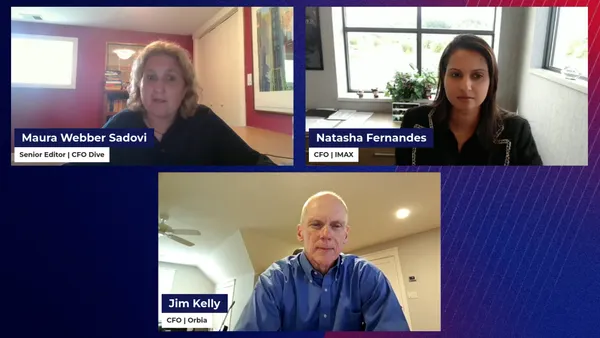The closing of a private equity investment is a pivotal milestone for any business, marking the beginning of the first 100 days following the investment—a critical window for the newly acquired portfolio company. During this period, establishing a strong foundational relationship with new investors is crucial. Private equity sponsors provide capital and opportunities, as well as heightened expectations and requirements. The first 100 day period calls for an all-hands-on-deck approach to set a comprehensive plan for people, processes, and technology to address both short-term needs and future value creation goals.
Here are four considerations for a successful first 100 days post-acquisition:
Pre-Close: Be Proactive
Pre-close planning lays the groundwork for a successful integration from the outset. Organizations should perform operational assessments to identify gaps in existing capabilities that need to be addressed upfront to enable growth and scalability. Conducting a thorough review of current operations, financials, and market position can reveal strengths to leverage as well as weaknesses to address. This proactive approach ensures that once the deal is closed, the company can hit the ground running with a clear action plan.
Be Prepared for Reporting Requirements
The first order of business is to ensure the portfolio company can report financial information at the level and frequency required by the private equity sponsor. This information must align with the reporting framework established with all of their portfolio companies, as well as meet the requirements of lenders for debt-related reporting.
In addition to monthly financial reporting, the portfolio company and their private equity sponsor must establish a standard set of key performance indicators (KPIs) that align with the strategic objectives for the investment. These KPIs must be measurable and may require initial work to fix input-level processes to provide clean data. Important KPIs include revenue growth, EBITDA, and other industry-specific metrics.
Implementing a financial reporting package and KPI framework that the portfolio company can manage for the first few months is critical for tracking and measuring performance. Once the organization is in a steady state, new systems and tools can be implemented to address gaps in data and manual processes. Establishing robust reporting mechanisms early on helps build trust with investors and provides a clear picture of the company’s performance.
Assess the Business’s People, Processes, and Technology
People
Evaluate the talent within the organization to ensure the right people are in place at every level. Assess their ability to scale, including recruitment and hiring capabilities. Having a strong team with unique skill sets and a variety of expertise is essential for driving the company forward and achieving strategic goals.
Processes
Review internal processes for efficiency and effectiveness. Identify areas for improvement, particularly in financial reporting and data collection. Consider where team members are manually performing tasks that could be automated, or where they are spending unnecessary time and effort that could be better utilized elsewhere. Streamlining and enhancing these processes can provide a solid foundation for growth. It is crucial to identify what processes are lacking and what needs to be implemented to support scalability as the organization grows.
Technology
Assess IT needs, focusing on where technology can enhance existing people and processes. Look for opportunities to automate and improve systems to support better decision-making and operational efficiency. The right technological tools can be a game-changer in managing the increased demands and complexities post-acquisition.
Ensure Alignment on Growth Strategy
Portfolio companies should develop a clear plan and timeline for achieving goals throughout the hold period, incorporating insights from the assessment of people, processes, and technology. It is essential that companies ensure all stakeholders are aligned on the strategy and understand their roles in executing it.
The first 100 days after a private equity acquisition are critical for setting the stage for future success. By being proactive in pre-close planning, preparing for rigorous reporting requirements, assessing and optimizing people, processes, and technology, and ensuring alignment on growth strategy, companies can establish a strong foundation to meet both short-term needs and long-term value creation goals. This comprehensive approach will help the newly acquired portfolio company thrive under new ownership and maximize the benefits of the investment.
Hear from a Private Equity Sponsor as they share their experience and related success story from WilliamsMarston’s specialized support—clearing the way for successful portfolio company operations.










